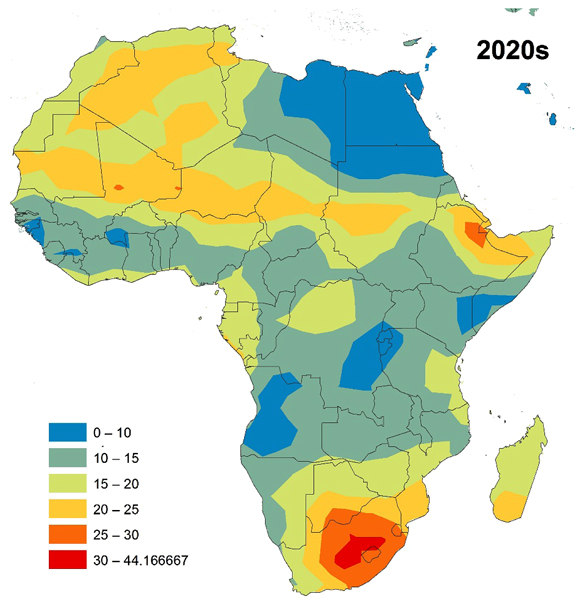Water levels in Africa’s largest lake have risen over a meter since last fall and continue to increase as land use changes and heavy rains enhance the flow.
cholera
El Niño May Be a Culprit Behind the Cholera Epidemic in Yemen
Increased rainfall in East Africa and subsequent wind may have brought infected bugs to Yemen, causing the worst cholera outbreak of our time.
Satellites and Cell Phones Form a Cholera Early-Warning System
A new initiative combines satellite data with ground observations to assess and predict the risk of cholera outbreaks in Bangladesh’s vulnerable populations.
Climate Predictions and Infectious Diseases in Southern Africa
Symposium for Science and Technology Research Partnership for Sustainable Development (SATREPS) Project 2015; Pretoria, South Africa, 12 October 2015
Climate Change Predicted to Worsen Spread of Cholera
Coupling satellite data with climate models, scientists are beginning to understand how warming temperatures and increased precipitation will affect cholera outbreaks.
A Model to Predict When a Cholera Outbreak Might Hit the Congo
Researchers determined the environmental conditions most likely to trigger a cholera epidemic in a region in eastern Congo.






